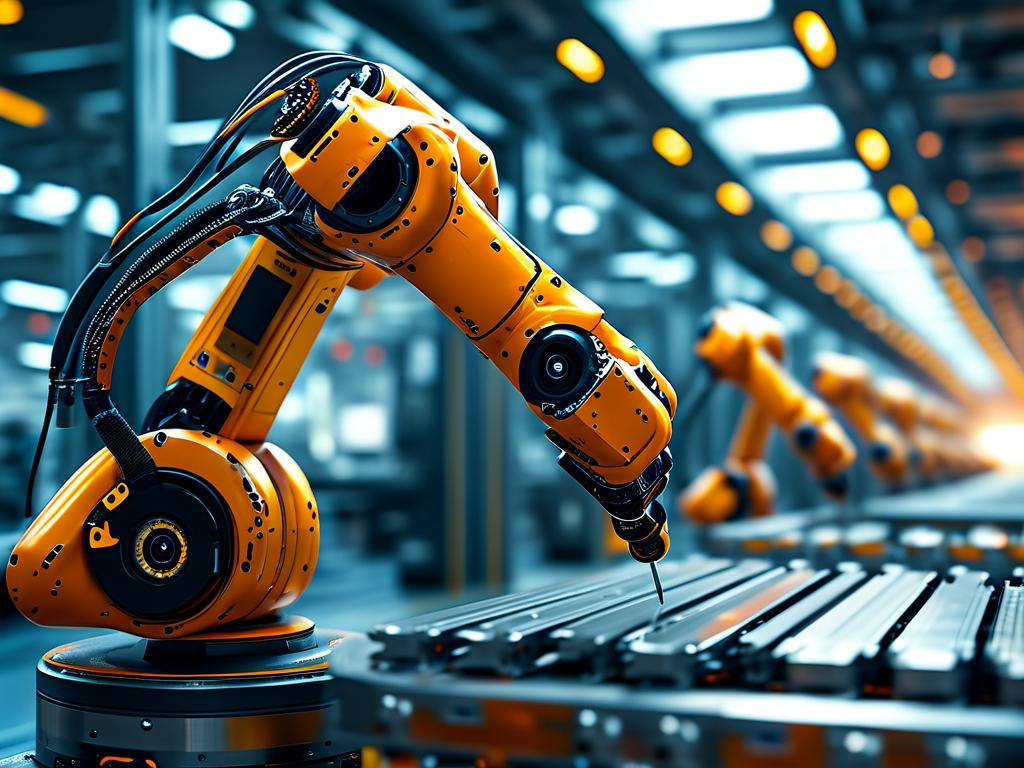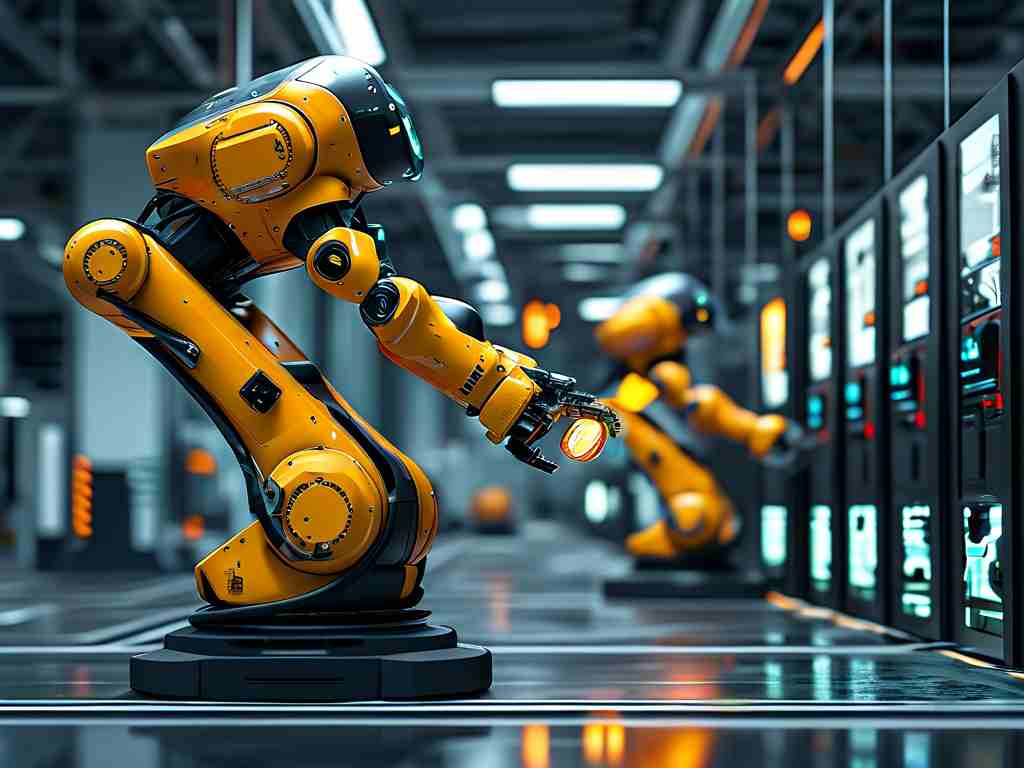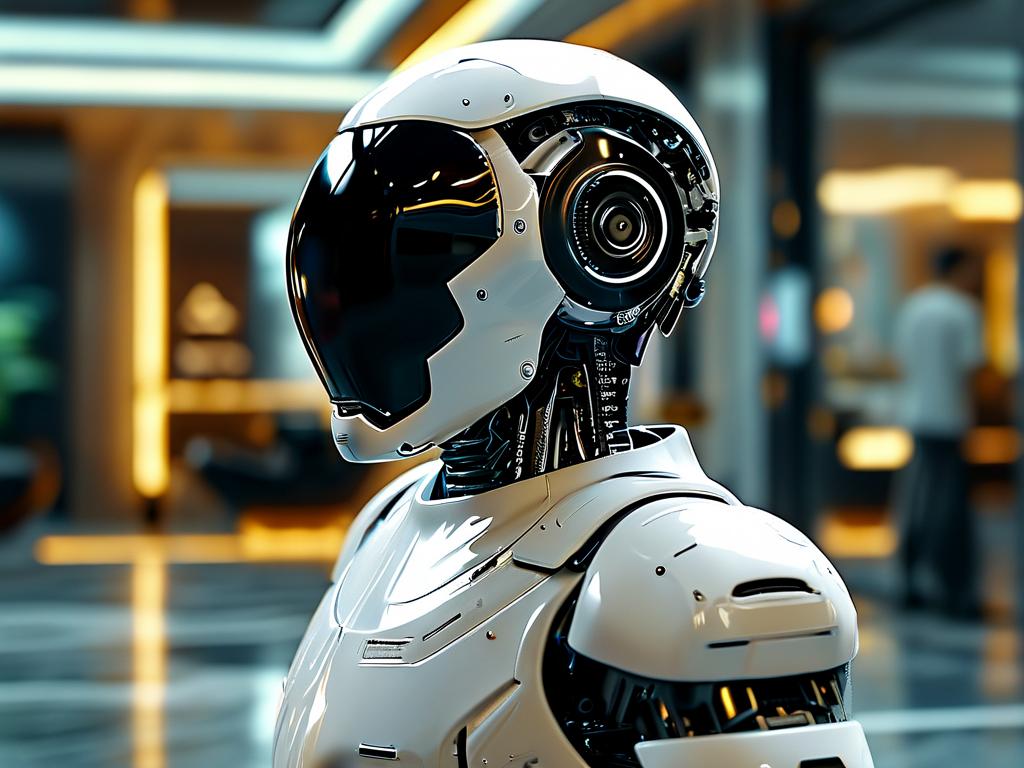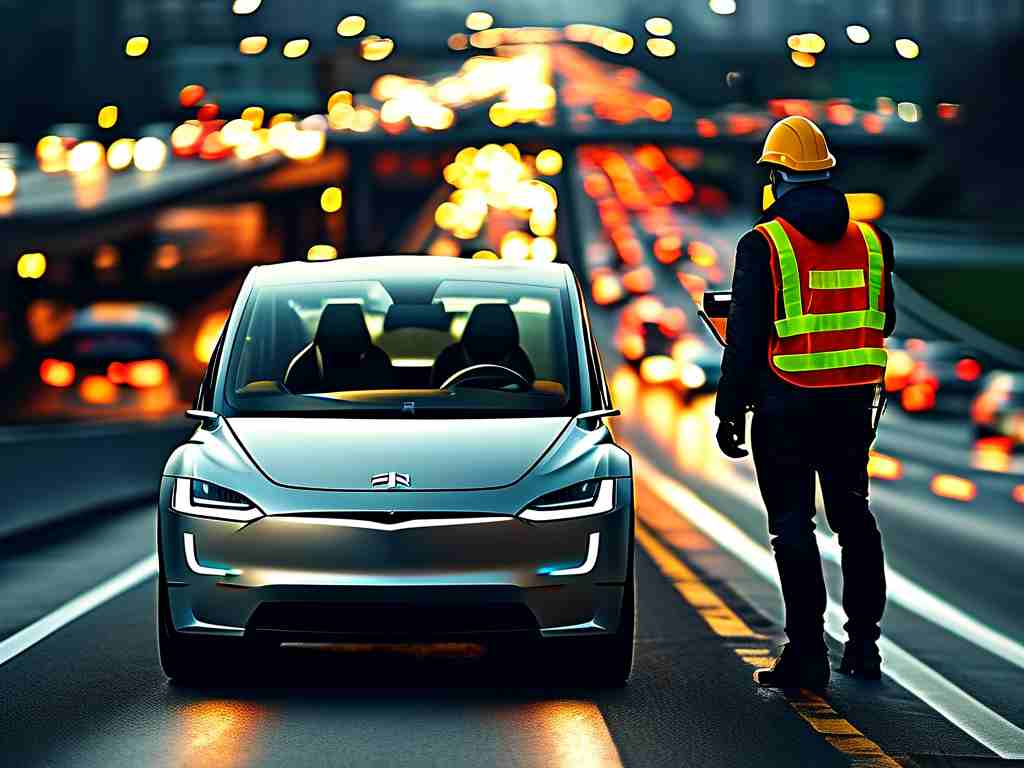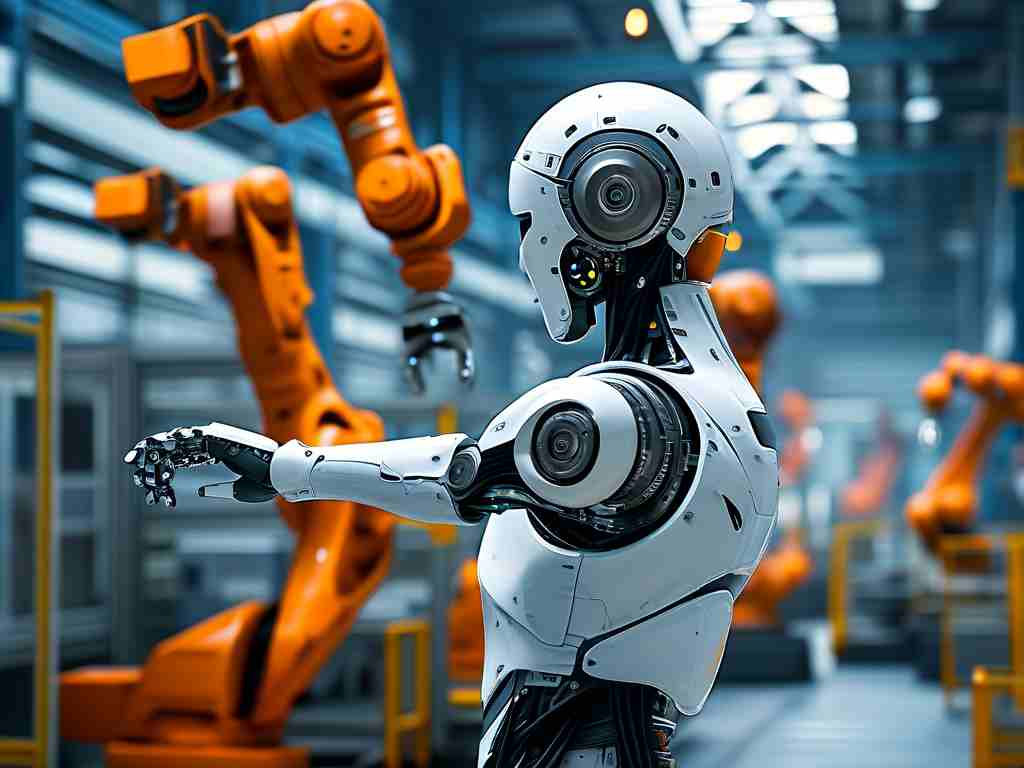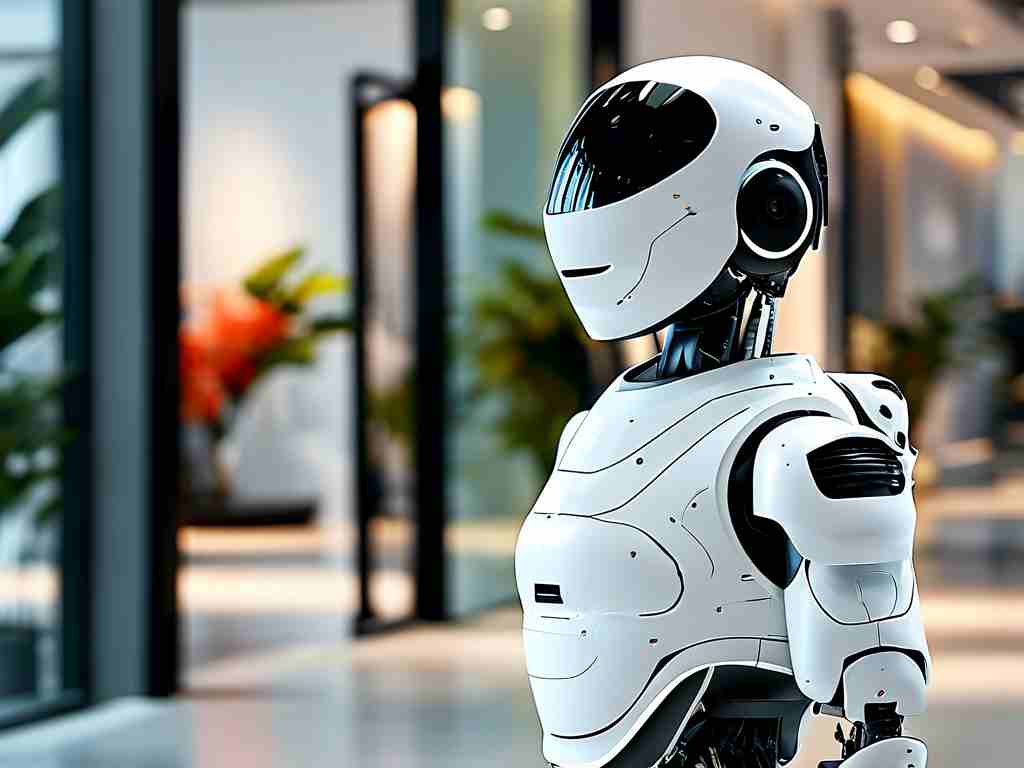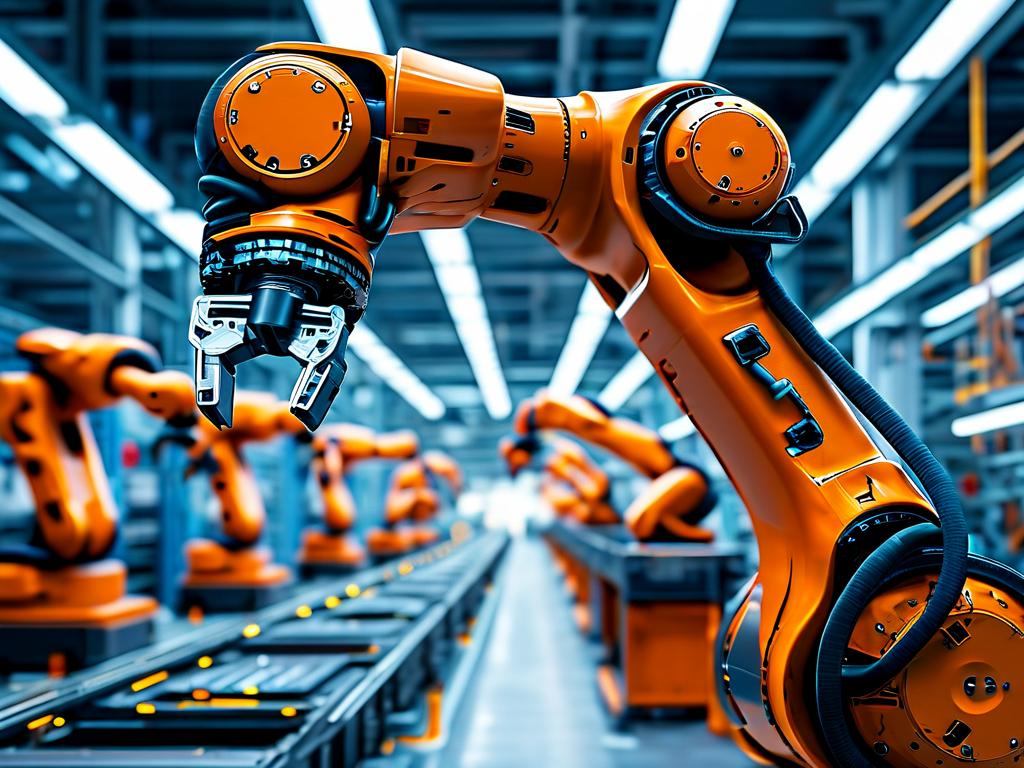The evolution of robot programming and control technologies has revolutionized industries ranging from manufacturing to healthcare. Unlike traditional methods that relied on rigid code structures, modern systems leverage adaptive algorithms and intuitive interfaces, enabling seamless human-machine collaboration. This article explores cutting-edge techniques shaping the field, their practical applications, and future trajectories.
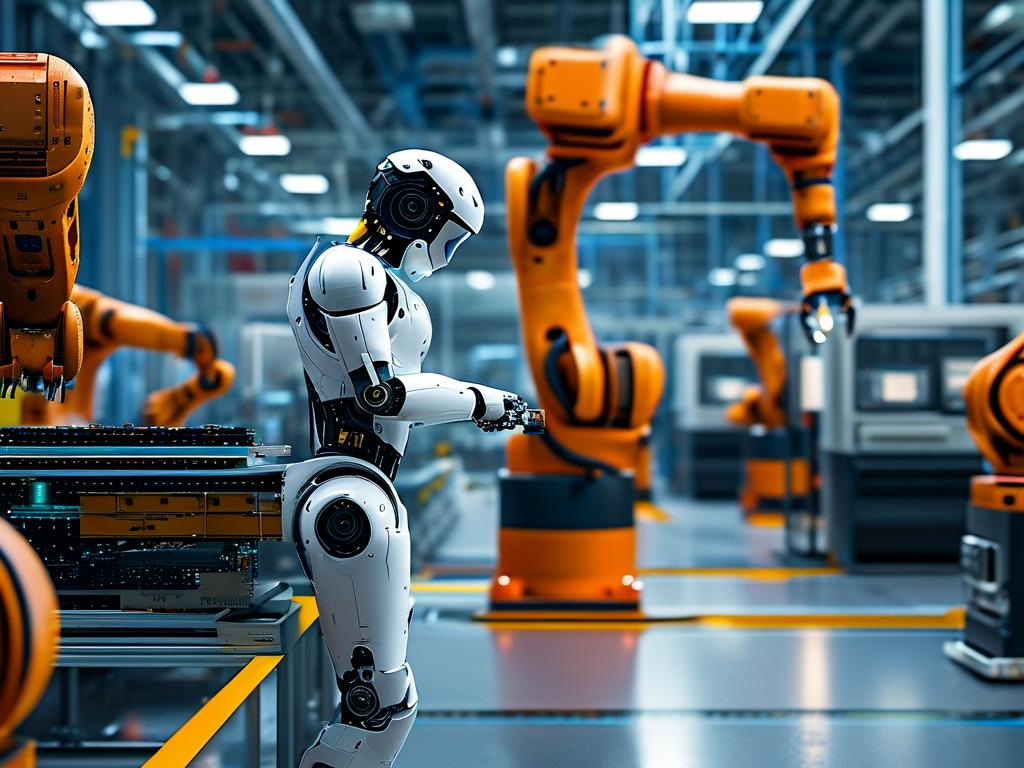
Core Principles of Modern Robot Programming
Contemporary robot programming transcends manual code scripting. Frameworks like ROS (Robot Operating System) provide modular architectures, allowing developers to integrate perception, motion planning, and decision-making modules. For instance, a Python snippet for trajectory optimization might use:
from scipy.optimize import minimize
def optimize_trajectory(initial_path):
# Define constraints and cost functions
result = minimize(cost_function, initial_path, method='SLSQP')
return result.x
Such code demonstrates how optimization libraries streamline complex motion calculations. Additionally, simulation tools like Gazebo enable virtual testing, reducing hardware dependency during development.
Breakthroughs in Control Systems
Advanced control mechanisms now prioritize real-time adaptability. Force-torque sensors and vision systems feed data to controllers that adjust movements within milliseconds. A notable example is impedance control, which lets robots mimic human-like responsiveness when handling fragile objects. Researchers at MIT recently demonstrated a gripper that adjusts grip strength dynamically by processing tactile feedback through neural networks.
Hybrid control models combine classical PID controllers with machine learning. For example, a robotic arm might use PID for precise positioning while employing reinforcement learning to optimize energy efficiency during repetitive tasks. This duality ensures both accuracy and operational cost reduction.
Industry-Specific Applications
In automotive manufacturing, robotic arms programmed via offline CAD-based path planning cut assembly time by 40%. Meanwhile, collaborative robots (cobots) in electronics assembly utilize drag-and-teach interfaces, where workers physically guide the robot to record motion sequences—eliminating the need for coding expertise.
Medical robotics presents unique challenges. Surgical systems like the da Vinci Surgical System rely on haptic feedback controls and submillimeter precision algorithms. A study published in Nature Robotics (2023) highlighted a spine surgery bot that reduced procedural errors by 62% through AI-driven path correction.
Overcoming Technical Barriers
Latency remains a critical hurdle in remote-controlled robotics. 5G edge computing has emerged as a solution, enabling sub-10ms response times for drones in infrastructure inspection. Another challenge is cross-platform compatibility. The growing adoption of OP-UA (Open Platform Communications Unified Architecture) standards allows heterogeneous robotic systems to share data seamlessly.
Security is another focal point. Blockchain-based firmware verification protocols are being tested to prevent unauthorized code injections in industrial robots. For example, Fanuc’s latest controllers embed cryptographic checks at every runtime iteration.
Future Directions
The integration of quantum computing could redefine motion planning. Quantum algorithms may solve multi-axis coordination problems exponentially faster than classical systems. Meanwhile, neuromorphic engineering—inspired by biological neural networks—promises energy-efficient processing for swarm robotics.
Ethical considerations are gaining traction. As robots handle more autonomous decisions, frameworks for accountability and bias mitigation in AI-driven controls are under development. The IEEE Global Initiative on Ethics of Autonomous Systems has released preliminary guidelines for programmable ethics modules in service robots.
Robot programming and control technologies are entering an era of unprecedented flexibility and intelligence. From adaptive manufacturing bots to life-saving medical systems, these advancements underscore the synergy between software innovation and hardware precision. As developers continue to bridge gaps between reliability, accessibility, and computational power, the next decade will likely witness robots transitioning from tools to collaborative partners across all sectors.


